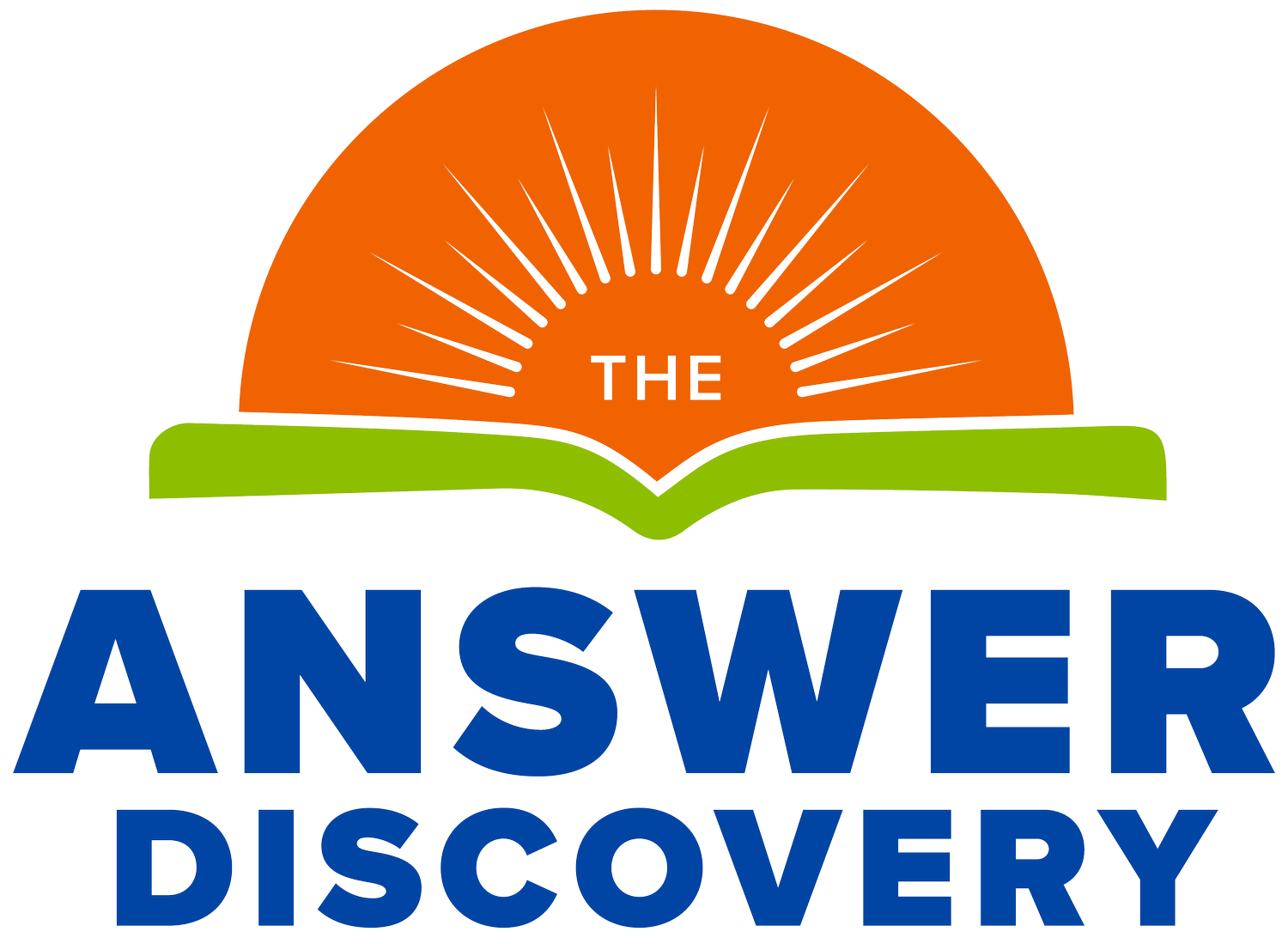The Advantage of In-Person Communication!
Paul White's nationally distributed syndicated column, “The Advantage of In-Person Communication!” is published in 22 publications across seven states. This includes the following newspapers and digital publications: Midland Daily News (MI), SFGate (CA), Seattle PI (WA), Connecticut Post (CT), Laredo Morning Times (TX), Huron Daily Tribune (MI), The Telegraph (IL), and more. In this week's article, Paul explains the benefits of nonverbal and verbal communication that happens when you have in-person conversations compared to communicating solely via written word.
In our current society, most of our communication is by the written word. Emails and social media dominate the way we communicate these days even with our family members. The major controlling factor at our disposal with written words is CAPITALIZATION, using ITALICS, and the ever-popular BOLDING of the words we choose, along with vast numbers of either question marks (??????) or exclamation points (!!!!!!) utilized for emphasis. Beyond that, it’s challenging to have someone understand what we’re really trying to communicate. Which is strange because, more than ever before, we all want to be understood.
When we’re In-Person communicating, we have the advantage of utilizing body language, facial expression, hand motions, eyebrow raising, and the ability to move closer to or further away from the person we’re communicating with. All of these can be used in conjunction with what I feel is the most powerful In-Person communication tool: Voice Inflection! Sound crazy? Maybe, but just think of all the ways I can utilize the single word “what” by itself in a conversation with the desired voice inflection, creating a wide variety of different meanings that just don’t come through if you’re reading it rather than hearing it. Pause for a second and see how many different ways YOU can say ”what” right now (with all of the ways having different meanings). See what I mean?
I’ll give you another example that I recall from a seminar I attended about 40 years ago. Yes, it was that meaningful. Read the following sentence and immediately commit to what you believe the sentence communicates: I didn’t say you stole the purse. Did you fully commit to what you believe the sentence says? If you did, you only have a 1 in 7 chance of being correct. Let me explain. Reading the sentence, there are 7 possible meanings, and they’re all totally different.
If you place voice inflection emphasis on the first word “I” then you’re interpreting that I meant someone ELSE said you stole the purse. If you place emphasis on the second word “didn’t” then you’re assuming I’m denying having said it at all. If you place emphasis on the third word “say” then you’re implying I may have used an alternate form of communication rather than speaking out loud. If you place emphasis on the fourth word “you” then you’re assuming that I’m accusing someone else. If you place emphasis on the fifth word “stole” then you’d have to assume that I’m accusing you of doing something else with the purse that you shouldn’t have been doing. If you place the emphasis on the sixth word “the” then you might believe that I’m accusing you of stealing a different purse than the one you thought we were talking about. If you place the emphasis on the seventh word “purse” then you better believe that I’m accusing you of stealing something, just not the purse. Seven totally different meanings all dependent on which word the voice inflection emphasis was placed on.
Unfortunately, the sentences we read in an email, or a social media post, don’t come with an explanation of what the author actually means with the chosen wording. We can’t decipher how they were saying it in their mind when they wrote it. Which begs the question: What if we misinterpret what the person actually meant to say?
SO, WHAT’S YOUR POINT?????? Honestly, I’m not trying to frustrate you, nor raise your blood pressure. I sincerely want you to begin to consider all the opportunities to meet with other people IN-PERSON!!!!!!! We all excel our ability to be understood when we add our body language, facial expressions, hand motions, eyebrow raising, proximity, and voice inflection. Isn’t that what we all crave right now? We not only want to be heard, we want to be understood. Being understood is when our communication is at its most powerful moment. And being understood occurs most effectively when we have a chance to communicate In-Person. Granted, podcasts allow for voice inflection (which helps) and videos can work but are intended for the masses (and are responded to with written comments).
What I’m asking you to do today is to consider all the conversations you engage in each day by email, or as part of a social media thread, and ponder if you may have had a better chance of being understood if you had met with the individual face-to-face and allowed all of the “helpful tools of communication” to factor in. As you’re pondering, consider all the times you’ve muttered the words “That’s not what I meant” and tie those times to how often it required a follow-up email or several additional social media comments attempting to be correctly understood. Keep pondering until you include additional benefits to meeting In-Person including deeper development of relationships, more opportunities to experience hope, care, compassion, and respect. The truth is, there’s huge benefits when you communicate with another person face-to-face. It’s a life lesson I’ve learned that I’m grateful to be able to share with you today. I hope you’ll take it out for a spin and make it a permanent part of your daily life. Why? Because HEY…I BELIEVE IN YOU! GiddyUp!
Paul White is a guest columnist and author. Purchase his life-changing book “The Answer Discovery – How to Change the World by Helping Others…and Ourselves” at http://bit.ly/PaulWhiteAmazon. If you’re interested in getting in touch with Paul, please submit an inquiry via our Contact Page.
